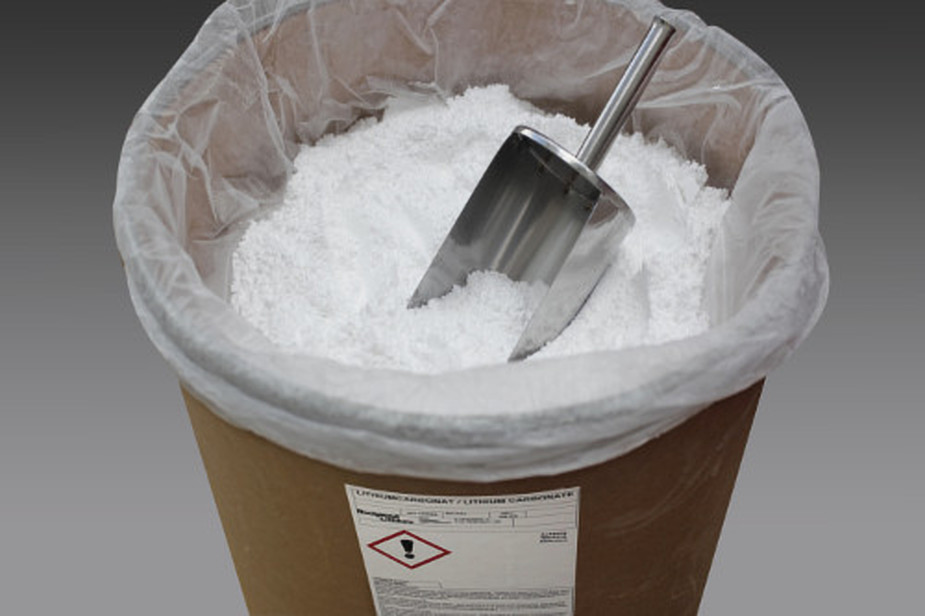
Sept 27 (Reuters) – Albemarle Corp, the world’s largest lithium producer, aims to eventually end its dependence on two smaller units to fund growth as global appetite surges for electric-powered vehicles and consumer goods, its chief executive said in an interview.
Tesla Inc and other automakers have helped make lithium one of the most-in demand metals, part of an electrification trend sweeping through a global economy increasingly eager to shed fossil fuels.
Albemarle’s lithium earnings have jumped nearly six-fold since 2014 to more than $500 million annually and should significantly exceed 50 percent of corporate earnings by 2021, Chief Executive Luke Kissam said in an interview.
For the moment, the Charlotte, North Carolina-based company is relying on profits from its refinery catalysts and bromine flame retardants units to fund the breakneck growth of its lithium operations. Lithium earnings, so far, are not enough to fund expansions in Chile and other regions in which Albemarle operates, even with margins above 40 percent.
“Today all parts of that puzzle fit together as part of our strategy,” said Kissam, who became CEO in 2011. “We believe the way to drive the best shareholder value is to have the pieces together. That may change in the future.”
There are few independent publicly traded lithium producers today, but smaller U.S.-based rival FMC Corp aims to spin off its lithium division later this year in an initial public offering in a test of whether a pure-play lithium operation can stand on its own.
Many investors and market analysts expect lithium to one day replace crude oil as the key commodity used to power transportation, a good omen for Albemarle, which expects global lithium demand to rise nearly fourfold in the next six years.
“If you don’t believe in lithium and electric vehicles, we’re probably not the stock for you,” said Kissam, who owns a Tesla Model S. “What’s driving our growth today is all about lithium and that’s tied to the electrification trend.”
“If you don’t believe in lithium and electric vehicles, we’re probably not the stock for you.”
Albemarle’s strategy of engineering specialized types of the light metal and opening a research center hear its headquarters is aimed at setting it apart from its major competitors, including Chile’s SQM and China’s Tianqi Lithium Corp .
“I don’t worry at all about the other competitors,” Kissam said. “There are only a couple players in the world that can supply the volume we can when you look out to 2025,” including SQM, Tianqi and Ganfeng Lithium Co Ltd.
It is that scale that Kissam and Albemarle are aiming to use to their advantage, especially as Volkswagen AG, BMW and other automakers introduce dozens of electric-powered vehicles across the next decade.
In Chile, where Albemarle is a major operator alongside rival SQM, “the bulk” of lithium carbonate produced is battery-grade, Kissam said. Some industry analysts have questioned the quality of lithium produced in the country.
Albemarle’s La Negra II lithium operations in Chile produce about 15,000 to 16,000 metric tons annually and are expected to produce about 20,000 metric tons next year, Kissam said.
(Reporting by Ernest Scheyder)